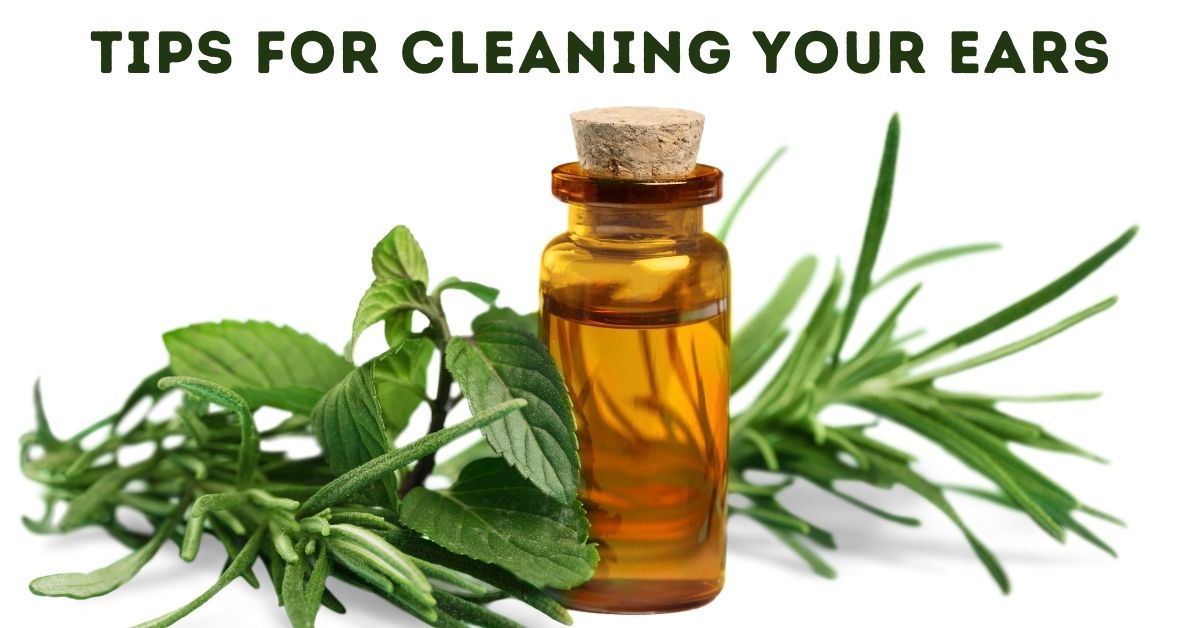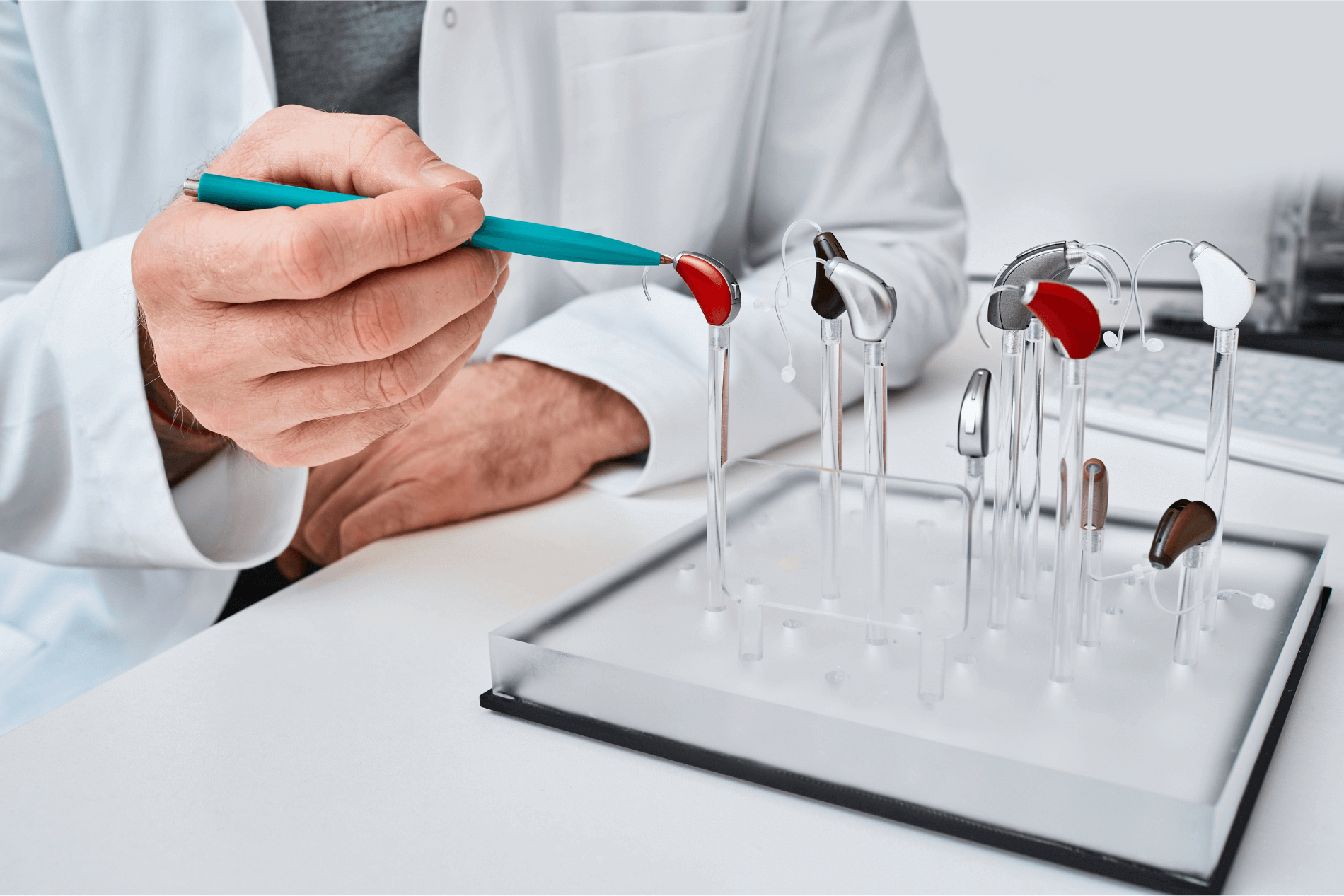
Nearly everyone has had the temptation to put a cotton swab into the ear canal. Seemingly designed for this express purpose, it seems like a cotton swab could be a good way to clean excess wax out of the ears. Although this hygiene habit seems good at face value, upon closer inspection, you will find you are doing more harm than good.
Earwax, otherwise known as cerumen, has a unique function in the ecology of the body. If you use a cotton swab to force that earwax deeper in the ear canal, you could easily be doing more harm than good. Rather than this well-known risk, let’s take a look at better cleaning options for healthy ears and unimpaired hearing.
What’s Wrong with a Cotton Swab?
Although there are many practical uses for a cotton swab, the size and shape of the ear canal makes it a perfect storm of potential problems. First of all, earwax is necessary to catch dust, debris, and potentially inflammatory substances before they make it into the ear canal. By keeping these harmful objects out of the ears, it has a crucial role in not only ear health but also hearing ability.
When you use a cotton swab beyond the level of the outer ear, you are likely forcing that earwax deeper inside. Once earwax makes its way to the opening of the ear canal, it is exposed to bacteria and other substances in the air. If you force that bacteria-ridden earwax back into the ear canal, it can become not only impacted but also can cause an ear infection.
Those who use cotton swabs to force earwax into the ear canal often experience a muffled or plugged up sound following their attempts at cleaning, evidence that they might have done more harm than good.
What’s the Alternative?
Although you now know that cotton swabs are potentially dangerous when used to clean inside the ear canal, what is the better option? Surely you don’t want unsightly earwax remaining visible in the outer ear.
First of all, wait for the ears to expel earwax on their own. Do not reach into the ear canal with any object. Once it has been expelled into the outer ear, you can easily wipe it away with a clean, damp cloth.
If you use a thick terry cloth washcloth, you will be sure not to stick it into the ear canal. What remains within, stays within! A dry tissue can work, as well, particularly when you are not in the shower or bath.
What if I Have Impacted Earwax?
In the worst cases, earwax can become impacted in the ear canal. Doctors and medical technicians can be the appropriate recourse for this kind of buildup. However, you can also purchase an over-the-counter ear wax softener that can help dislodge the substance from the ear canal. Other common household options include baby oil, mineral oil, glycerin, or hydrogen peroxide.
Take a clean eyedropper and put a few drops in your ear. Wait for 15 to 20 minutes and wipe the outer ear with a tissue. You might notice that the substance has a waxy quality. If this process doesn’t work for you, a syringe with warm water following earwax softener can be the right approach to dislodge that buildup.
What to Do in More Serious Cases?
If these approaches to ear cleaning are insufficient for you, the time has come to seek professional assistance. In some cases, you may need to see an Ear, Nose, and Throat doctor, otherwise known as an otolaryngologist. There may be an underlying issue causing you to have an unhealthy buildup of earwax.
In other cases, years of over-cleaning can lead to a surplus of earwax, and it might take some time to balance the effects. With the right cleaning regimen that remains outside the ear canal, you should have no problem maintaining a healthy inner ear while also removing unsightly earwax from the outer ear where it is visible.
If you are unsure if your earwax balance is appropriate or not, contact us today! We’re here to help.

What Is Sudden Hearing Loss and What Does it Mean?
Matthew Favinger, M.S., F-AAA

Having a Good Time at Weddings With Hearing Loss
Matthew Favinger, M.S., F-AAA

